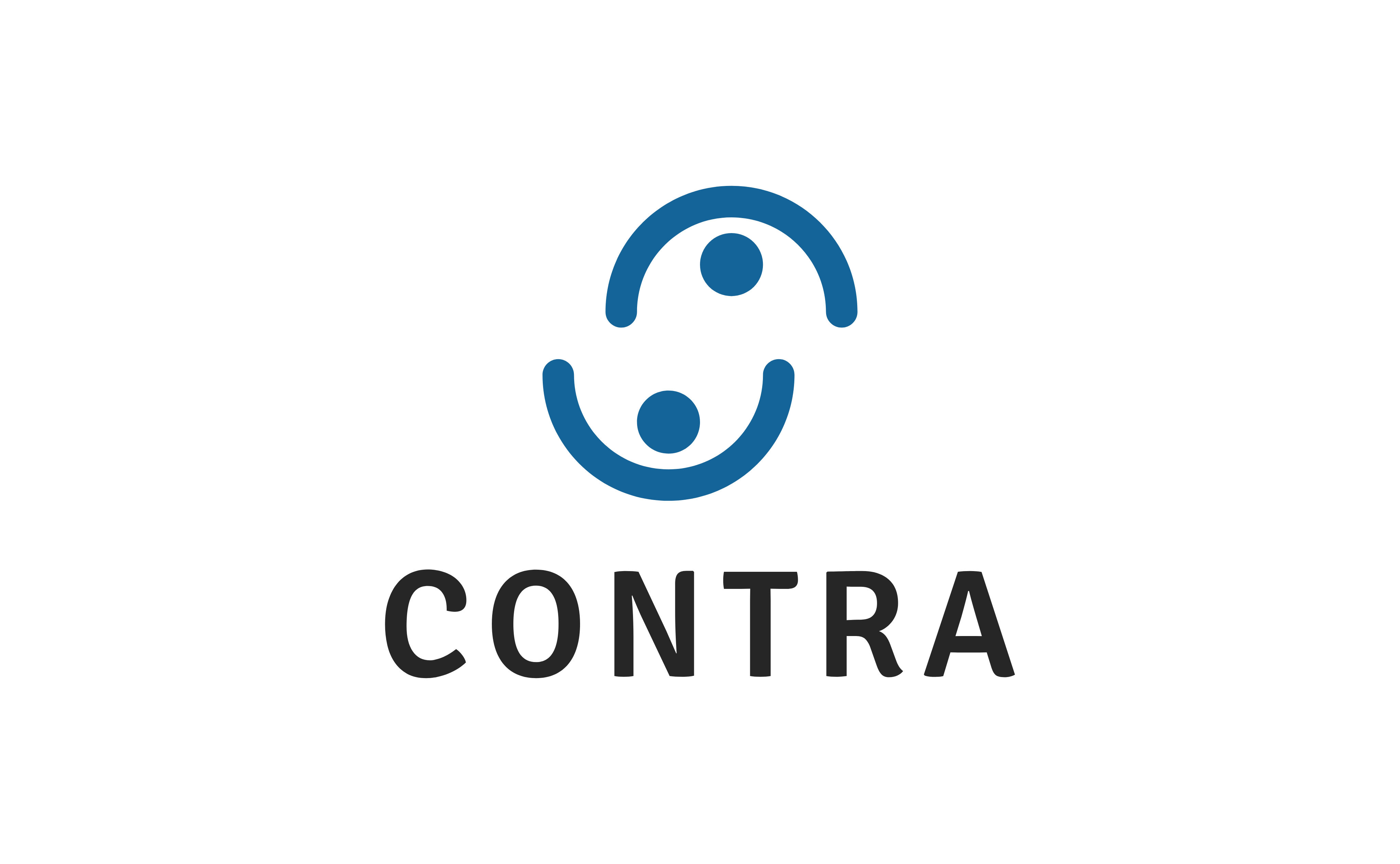
In the realm of investment and algorithmic trading, measuring the efficiency and risk-adjusted returns of a strategy is vital. This is where the Sharpe Ratio, a fundamental tool in finance, comes into play. Developed by Nobel laureate William F. Sharpe, this ratio is a critical measure for assessing the performance of an investment compared to its risk. Let’s dive deeper into understanding the Sharpe Ratio, its calculation, application, and limitations in the context of algorithmic trading.
What is the Sharpe Ratio?
The Sharpe Ratio measures the excess return per unit of risk in an investment. In simpler terms, it tells an investor how much additional return they are receiving for the extra volatility endured for holding a riskier asset.
Calculating the Sharpe Ratio
The formula for the Sharpe Ratio is:
Sharpe Ration = (Rp−Rf)/σp
where Rp is the portfolio return, Rf is the risk-free rate, and σp is the standard deviation of the portfolio’s excess return.
Application in Algorithmic Trading
In algorithmic trading, the Sharpe Ratio is used to evaluate the performance of trading algorithms. It helps in distinguishing between a genuinely skilled strategy and one that is high-performing due to excessive risk. For instance, a strategy with a Sharpe Ratio greater than 1 is generally considered acceptable to good by investors.
Importance in Risk Management
The Sharpe Ratio is an integral part of risk management in trading. It allows traders to understand the return of an investment compared to its risk. By adjusting their strategies to improve the Sharpe Ratio, traders can optimize their risk-adjusted returns.
Limitations of the Sharpe Ratio
While the Sharpe Ratio is a useful tool, it is not without its limitations:
- Assumes Normal Distribution: It assumes that the returns are normally distributed, which is not always the case in real-world markets.
- Single Period Measure: The Sharpe Ratio typically measures past performance and may not always predict future risk-adjusted returns.
- Risk-Free Rate Assumption: The choice of a risk-free rate is subjective and can vary, impacting the Sharpe Ratio calculation.
Conclusion
The Sharpe Ratio remains a cornerstone in the analysis of investment strategies, especially in algorithmic trading. Its ability to quantify the risk-adjusted return of a strategy makes it an invaluable tool for traders. However, it is essential to understand its limitations and use it in conjunction with other tools and metrics for a comprehensive evaluation of trading performance.
References
“The Sharpe Ratio” by William F. Sharpe, Journal of Portfolio Management, 1994.
“Evaluating Trading Strategies” by Campbell R. Harvey and Yan Liu, Journal of Portfolio Management, 2015.

Leave a Reply